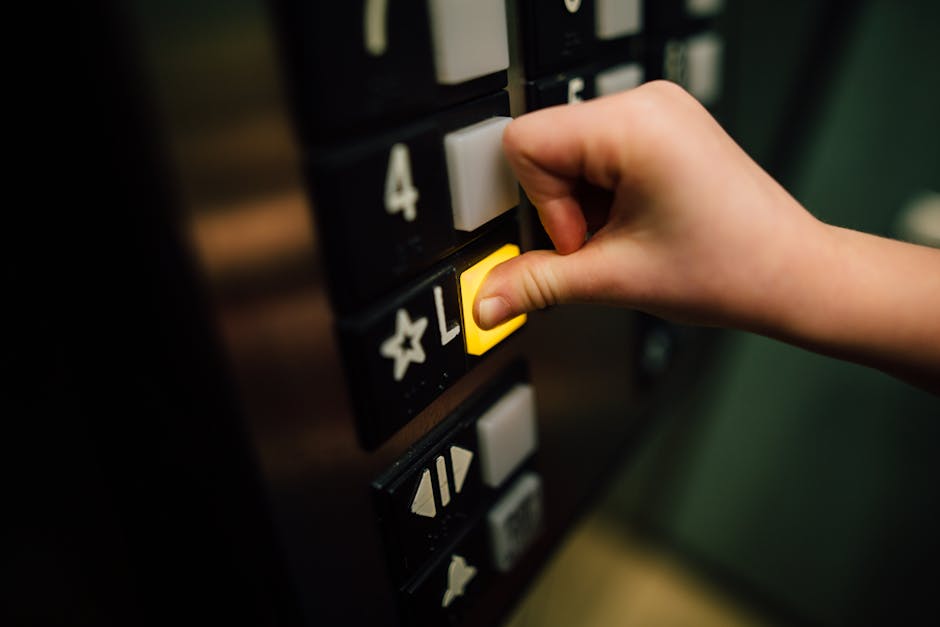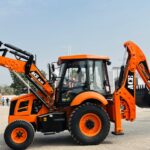With increasing pressure on every square foot of new development and evolving energy standards, the decision between Machine Room-Less (MRL) traction elevators and conventional traction systems is more critical—and more nuanced—than ever for 2026 construction starts. At Kaiser Elevator, we help owners, developers, architects, and consultants plan beyond basic specification, finding real-world solutions that match both code and budget realities. In this deep dive, we’ll share what actually matters when weighing MRL vs. conventional traction, drawing on our extensive experience across commercial, residential, healthcare, and mixed-use projects.

Understanding the Core Difference: MRL vs. Conventional Traction
MRL (Machine Room-Less) traction systems and conventional traction elevators share many baseline features, yet their installation, maintenance, and long-term operational impacts are very different. We believe everyone specifying vertical transportation should grasp the essentials:
- MRL Traction: Gearless or geared traction elevator with machine components housed within the shaft. No separate machine room required.
- Conventional Traction: Typically gearless, with heavy-duty hoisting machines in a dedicated machine room located above the shaft or nearby.
Comparing MRL and Conventional Traction: What Matters for 2026 Projects?
| Feature | MRL Traction | Conventional Traction |
|---|---|---|
| Space Efficiency | No machine room, ideal for space maximization and design flexibility | Requires dedicated room (typical 80–150 sq. ft.), impacts building layout |
| Ideal Application | Low-to-mid rise (2-14 stories), retrofit situations, LEED-focused builds | Mid-to-high rises (12+ stories), buildings with high peak traffic (offices, hospitals) |
| Load & Speed | Up to approx. 3,500 lbs; lower-to-moderate traffic | 3,500–5,000+ lbs; high speed; accommodates busiest facilities |
| Energy Use | Generally 30–40% less energy consumption, especially with gearless drives | Higher energy use, especially during heavy usage |
| Installation Cost | Reduced site/labor cost; no construction of separate room | Increased cost due to machine room/building complexity |
| Maintenance | Can be proprietary, harder for non-OEM techs to maintain, routine maintenance may be higher | Often non-proprietary; more vendor and technician flexibility, lower lifecycle cost |
| Compliance & Future Upgrades | Meets all modern code, but may complicate some future upgrades due to proprietary controls | Easier to modernize, generally more adaptable to future regulation changes |
| Sound & Ride Quality | Very quiet, smoother ride, lower mechanical vibration in most designs | Excellent ride in premium systems, but some setups can be noisier |
When Does MRL Traction Make Sense?
From our experience working on hundreds of builds in New York and across the US, MRL traction is increasingly favored when the following apply:
- Space is at a premium. In urban builds or mid-rise towers, every square foot recovered can mean meaningful lease/sale revenue, especially in high-value real estate.
- Design flexibility is a priority. MRLs allow creative use of roof decks and architectural features that might otherwise be impossible with machine rooms.
- Energy targets or sustainability goals drive the design. Developers targeting LEED or ambitious energy benchmarks benefit from MRL’s high efficiency and low standby power use.
- Retrofits, adaptive reuse, and upgrade projects. Where it’s simply not feasible to add a new machine room, MRL systems offer a non-invasive solution.
- Projects where lower upfront costs are important. Eliminating the dedicated room reduces structural and systems expense, which in our projects regularly means shaving down both cost and timeline.
We’ve supplied code-compliant MRL packages for passenger and goods elevators that are tailored to the unique challenges of commercial and residential applications, supporting ADA, fire safety, and NYC local law requirements.

When Should You Choose Conventional Traction Elevators?
Despite MRL’s space and energy benefits, there are compelling reasons why conventional traction elevators remain indispensable for major 2026 projects:
- High-rise developments or buildings with heavy-duty elevator demand. Conventional traction’s load capacity, travel height, and high-speed performance are built for office towers, hotels, hospitals, and university buildings.
- Facilities where 24/7 uptime and speedy maintenance are non-negotiable. With a dedicated machine room, techs have clearer access for service and repairs, minimizing downtime. In critical facilities, this can be a non-starter for choosing MRL.
- Larger, longer-term cost control and modernization flexibility. Owners who prefer the option to competitively bid service, switch vendors, or upgrade their control system later on avoid the lock-in often associated with major MRL brands.
- Future-proofing and regulatory changes. As code evolves, conventional traction’s non-proprietary nature and established infrastructure make compliance upgrades more straightforward.
Our team at Kaiser provides robust, non-proprietary traction elevator solutions spanning commercial, hospital, and vehicle-use applications—always engineered for ADA, fire, and elevator safety code compliance.
Risks in Lifecycle Cost, Lock-In, and Regulations: A 2026 Reality Check
Both elevator types have specific, sometimes hidden, risks for owners, especially with New York and national code changes on the horizon:
- Proprietary MRL systems: Often tie building owners to single-vendor service contracts. Over a 20-30 year period, two major modernizations may be required, each with significant system-specific expense and logistical complexity.
- Conventional traction (non-proprietary): Maintenance costs are often lower long-term, and the pool of certified technicians is much larger. Owners keep leverage to competitively source upgrades and take advantage of future innovations.
- Code and compliance risk: Conventional traction tends to be more adaptable to future code or operational requirements. For projects eyeing NYC or national elevator code changes, this can be a decisive advantage.
Early engagement with an experienced elevator consultant or design-build contractor can help you run lifecycle models, weigh vendor risk, and avoid being boxed in by contractual or technical surprises.
For a deeper look at value engineering and lifecycle risk management, you may find our article on code-compliant elevator packages and value engineering helpful for development teams.
Quick Decision Guide: MRL or Conventional Traction?
| Scenario | Recommended Type |
|---|---|
| 8-story luxury rental, high design value | MRL Traction |
| 30-floor Class-A office, high throughput | Conventional Traction |
| Mid-rise healthcare, critical uptime | Conventional Traction (non-proprietary) |
| Retail mid-rise, minimal shaft impact | MRL Traction |
| Parking stacker integration, heavy load | Conventional Traction or Specialty Car Lifts |
Steps for Specifying and Procuring the Right Elevator Package in 2026
- Begin with a needs analysis. Account for project goals, traffic flows, payloads, and all relevant code/compliance drivers (ADA, fire safety, energy, seismic).
- Run lifecycle cost and risk models. Factor in installation, maintenance, energy, and modernization cycles over a 20-30 year window. Consider vendor flexibility and access to parts.
- Engage elevator specialists early. Collaboration in the preconstruction phase defuses schedule risk and informs shaft sizing and power planning. See our guide on preconstruction essentials for new elevator installs for more details.
- Insist on value-engineered, code-compliant systems. Ensure your package covers all relevant regulations and future-proofs your investment. Partnering with a design-build elevator team can help close any costly gaps early.
- Clarify long-term service and warranty terms. Inquire about warranty scope, guaranteed response times, and included support for modernization cycles.
- Obtain transparent, apples-to-apples quotes. Request demo quotes and sample system alternatives. Our team is happy to provide full breakdowns and engineering support.

Final Thoughts: Our Take on Choosing Between MRL and Conventional Traction
No elevator selection is one-size-fits-all. Every project requires balancing design intent, operational planning, upfront cost, and long-term risk. At Kaiser Elevator, we focus on matching the right core technology (MRL or conventional traction) to your project’s realities and growth plans, always emphasizing code compliance, cost of ownership, and flexibility for future upgrades. We never rush our clients into a system that won’t serve them for decades.
If you need a partner for spec-ready elevator packages, value-engineered pricing, or compliance support for your upcoming build in 2026, our team is ready to help. Learn more at Kaiser Elevator’s precision-engineered elevator solutions or contact us for a personalized consultation.

